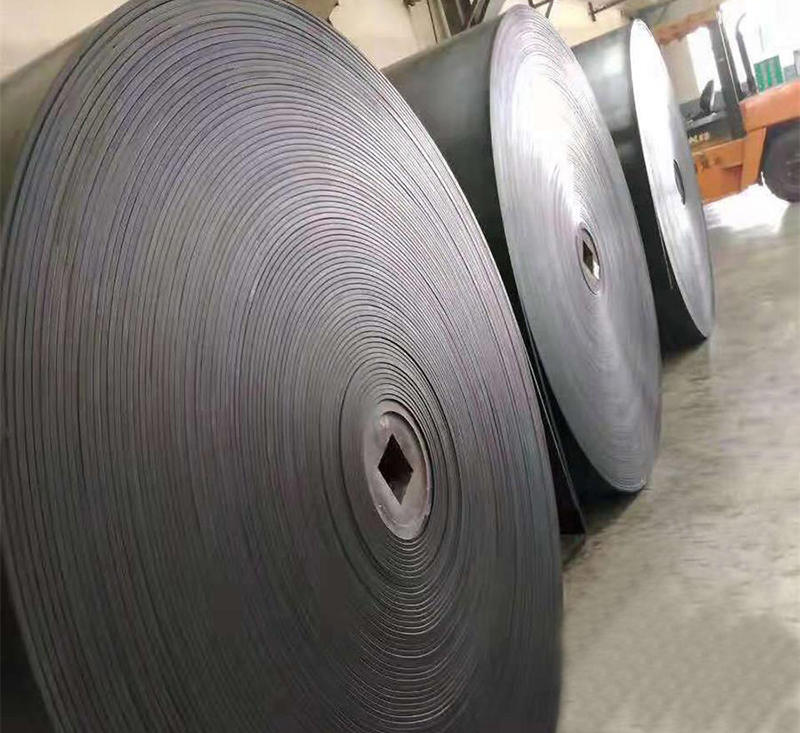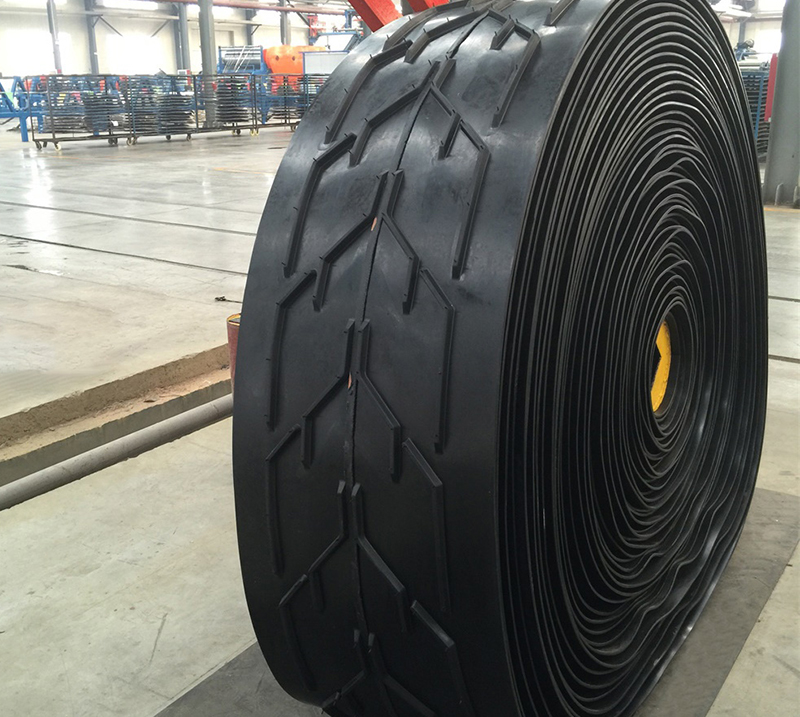Conveyor belts are essential components in various industries, facilitating the seamless movement of goods and materials along assembly lines, warehouses, and manufacturing plants. The production of conveyor belts involves a series of intricate processes to ensure their durability, flexibility, and efficiency. In this article, we'll delve into the key stages of how conveyor belts are made.

Raw Material Selection:
The first step in manufacturing conveyor belts is the careful selection of raw materials. Common materials include rubber, PVC, and metal, each chosen for its specific properties such as flexibility, durability, and resistance to wear and tear.
Preparation of Raw Materials:
Once the materials are selected, they undergo a preparation phase. This may involve mixing rubber compounds, extruding plastics, or forming metal sheets, depending on the chosen material.

Fabrication of Belt Layers:
Conveyor belts typically consist of multiple layers for added strength and functionality. These layers may include a carcass, bonding layers, and a cover. The carcass, often made of fabric or steel cords, provides the belt's tensile strength, while the cover protects against external factors.
Curing and Vulcanization:
The assembled layers are then subjected to curing and vulcanization processes. Vulcanization involves heating the conveyor belt in a controlled environment to enhance its strength and flexibility. This step is crucial for the overall performance and longevity of the belt.
Coating and Finishing:
Depending on the intended application, conveyor belts may undergo additional coating or finishing processes. These can include adding special coverings for increased resistance to chemicals, abrasion, or extreme temperatures.

Cutting and Shaping:
After the conveyor belt has been cured and coated, it is cut and shaped to the desired dimensions. The precise cutting of the belt ensures uniformity and consistency in its final form.
Splicing and Joining:
Conveyor belts are often continuous loops, and joining the ends is a critical step. Various splicing techniques, such as mechanical fasteners or vulcanized splicing, are employed to create a seamless and robust connection.
Quality Control:
Rigorous quality control measures are implemented throughout the manufacturing process. This includes testing the tensile strength, flexibility, and overall integrity of the conveyor belt to ensure it meets industry standards.
Packaging and Distribution:
Once the conveyor belts pass quality control checks, they are packaged and prepared for distribution. Manufacturers may collaborate with distributors or directly supply end-users depending on the scale of production.

Installation and Maintenance:
The final stage involves the installation of conveyor belts at the intended location. Proper maintenance procedures are also communicated to end-users to ensure the longevity and optimal performance of the conveyor belt.
In conclusion, the production of conveyor belts involves a meticulous process that combines material science, engineering, and quality control. The resulting conveyor belts play a vital role in the smooth functioning of various industries, contributing to increased efficiency and productivity in the movement of goods and materials.
Tag:Light Duty Conveyor Belt,Rubber Conveyor Belt,PTFE Belt

